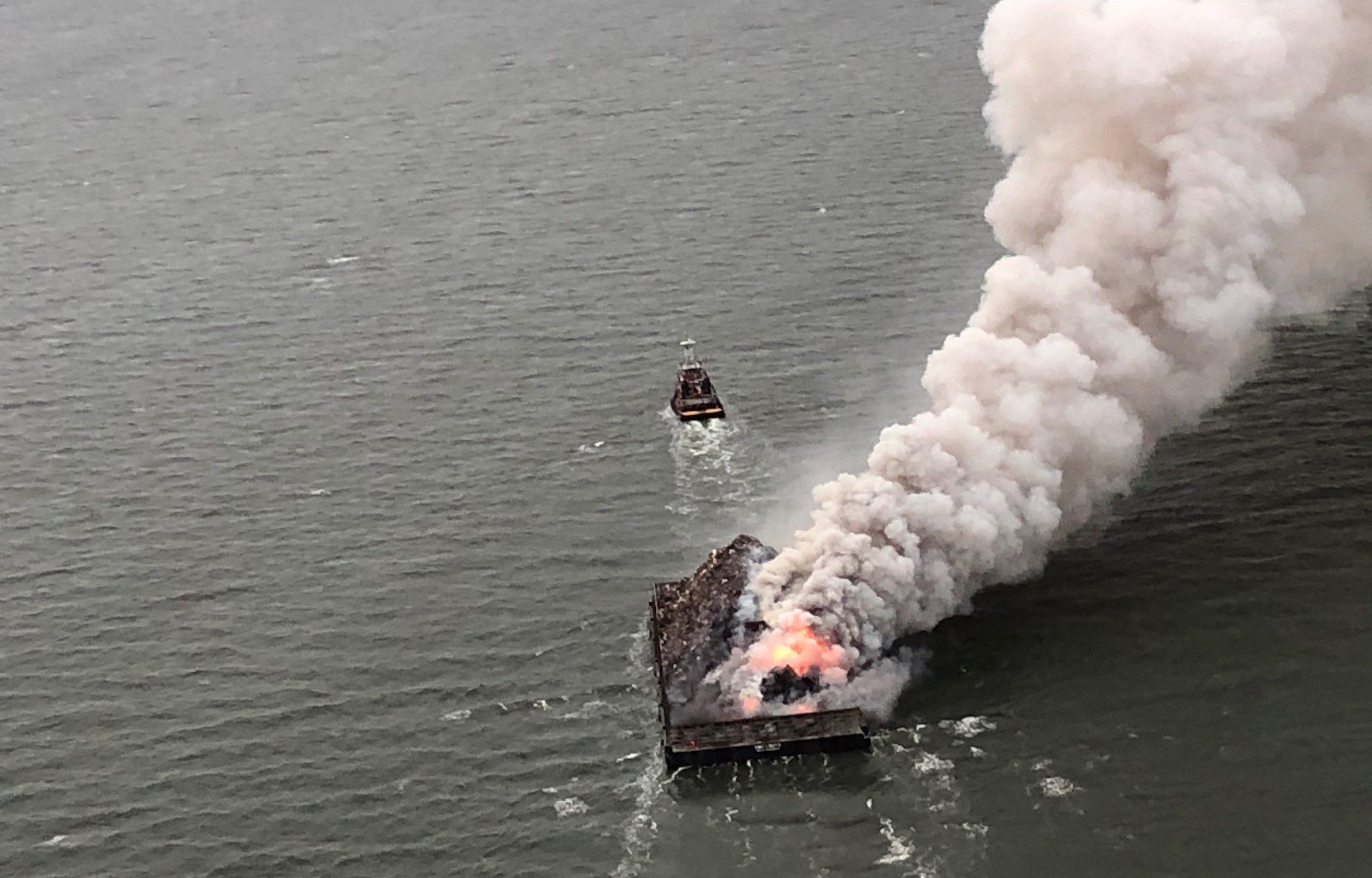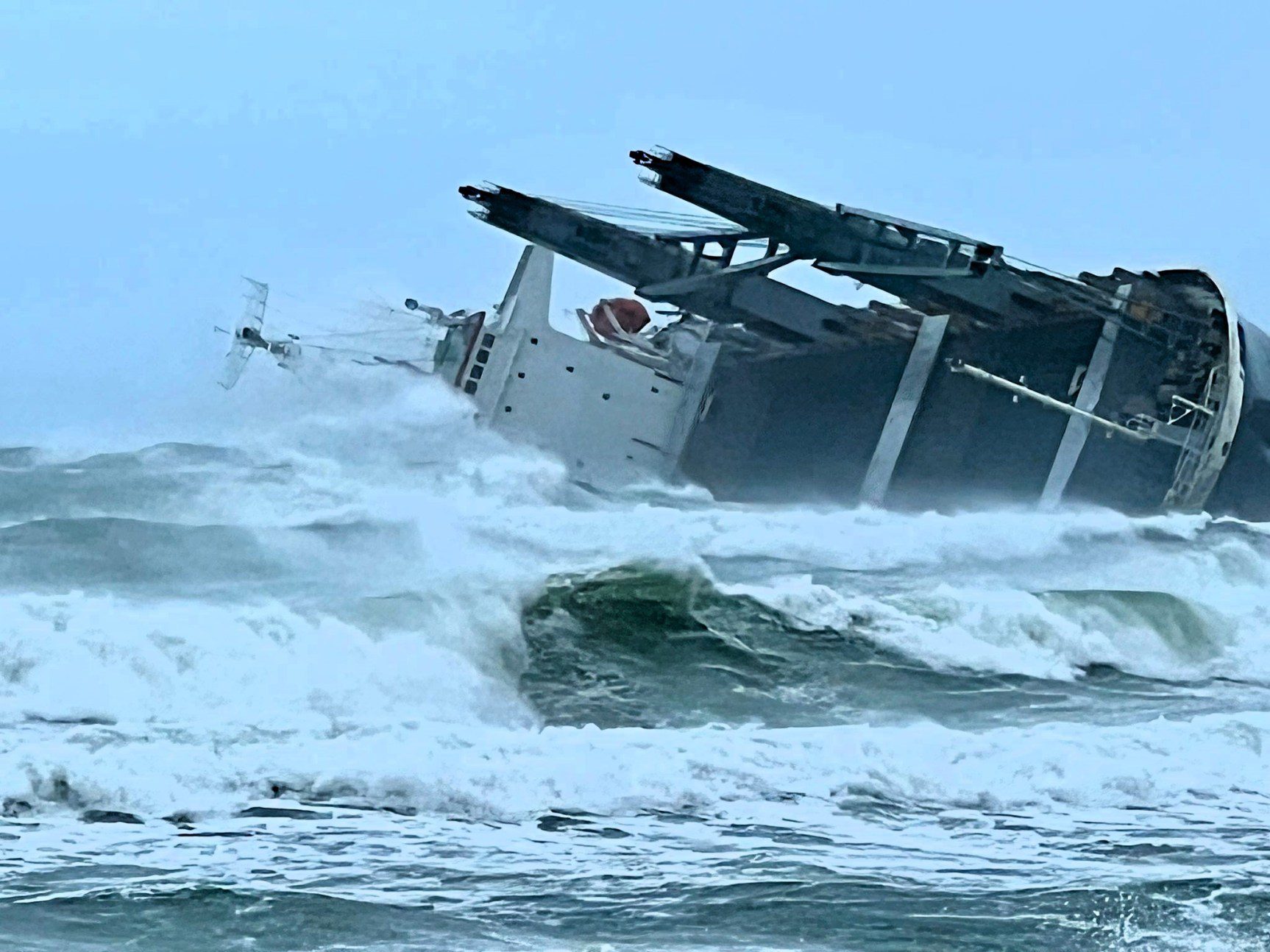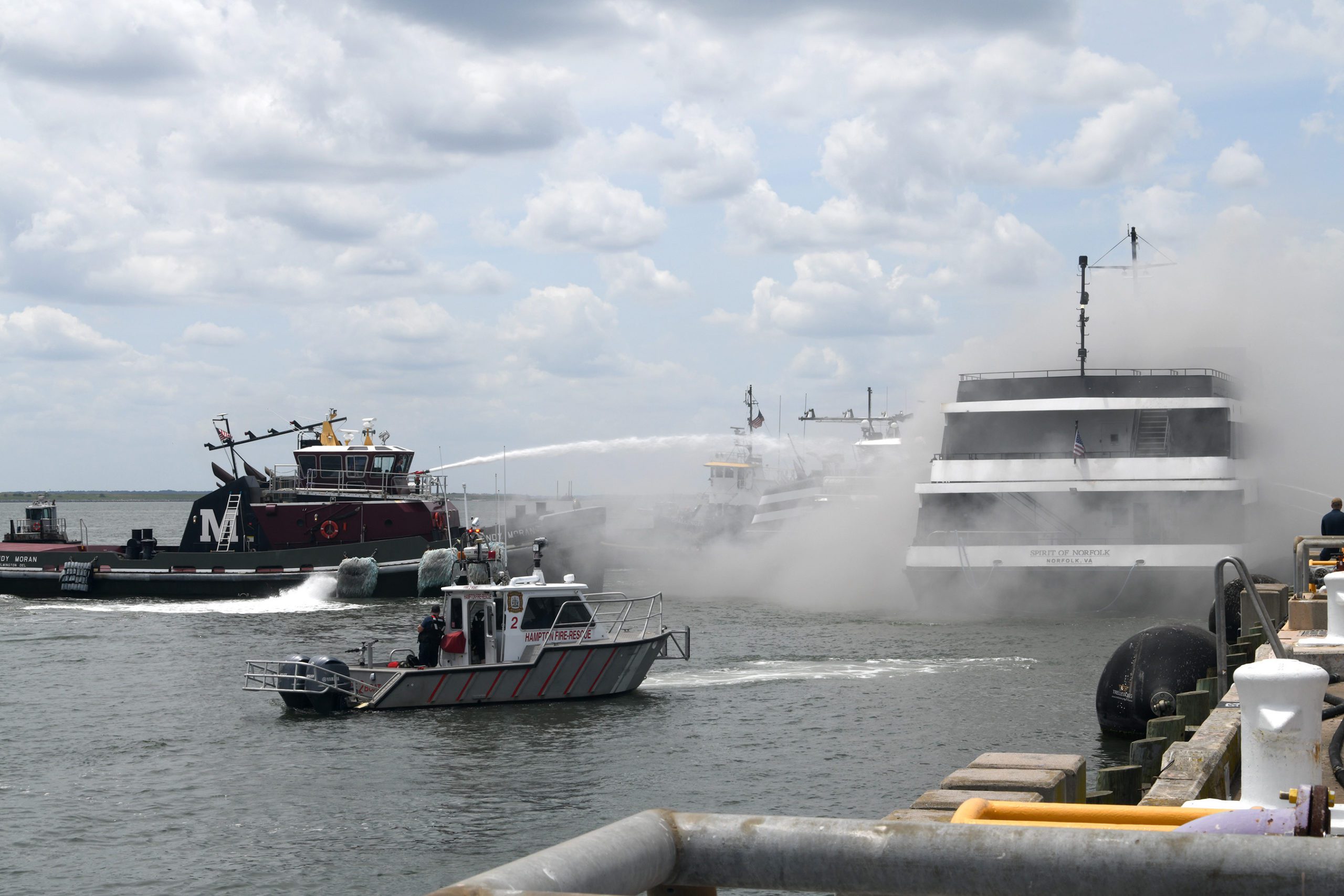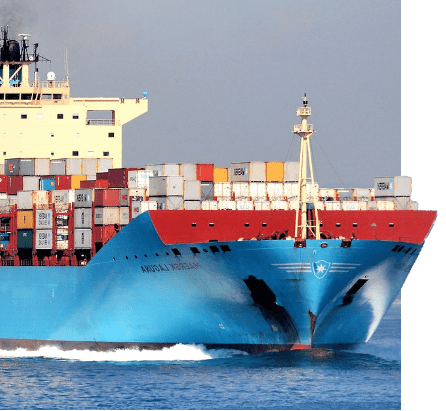The National Transportation Safety Board (NTSB) issued a warning on Thursday that lithium-ion batteries and other possible ignition sources could pose a fire safety hazard in the transportation of scrap materials as cargo.
While scrap metal cargo is usually nonhazardous and poses a low fire risk, recent incidents have raised concerns.
In January 2022, a shoreside pile in Newark, New Jersey caught fire, and two international vessels carrying scrap material experienced cargo fires in 2022. In 2017, the Japan Transport Safety Board investigated a scrap metal fire in a vessel’s cargo hold in Fukuoka City, Japan.
On May 23, 2022, the towing vessel Daisy Mae was towing a loaded scrap metal barge northbound in Delaware Bay when a fire was discovered on board the barge. The fire burned for 26 hours before being extinguished by responding fire boats. The damage to the barge was estimated at $7 million.
In a report released on Thursday, the NTSB concluded that the probable cause of the fire was the ignition of a combustible material by an undetermined source, such as sparking from shifting metallic cargo, self-heating of metallic or nonmetallic cargo, improperly prepared vehicles and appliances or damaged lithium-ion batteries.
Despite supplier acceptance agreements and quality assurance personnel visually inspecting scrap metal, metallic and nonmetallic hazardous materials are often present within shoreside scrap metal piles and could inadvertently be loaded onto vessels, elevating the fire risk and leading to intense fires. Once scrap metal is loaded onto a barge, it is difficult for a towing vessel crew to visually inspect the cargo while underway.
To minimize the risk of fire, qualified cargo-surveying personnel can assist the vessel’s captain before and during loading operations to limit the presence of hazardous, combustible material in scrap metal. Thermal imagery is also an effective tool in identifying hot spots in scrap metal cargo at shoreside facilities.
The NTSB has recommended that the US Coast Guard, in conjunction with industry stakeholders, evaluate the fire risk of transporting scrap metal by vessel and take appropriate action to minimize that risk. The recommendations also suggest enhancing communication and collaboration between vessel owners, operators, and shippers to identify hazardous materials that could potentially ignite and to establish protocols to reduce the risk of fires.
Marine Investigation Report 23-07? can be found on the NTSB website.
Sign up for our newsletter

 Join The Club
Join The Club













